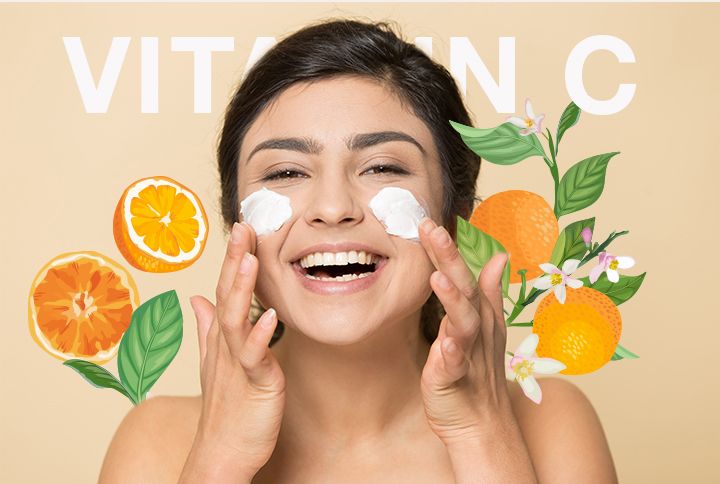Skincare can be overwhelming, we’ve all been there where it’s just plain confusing and you’re completely lost by just looking at certain products and ingredients and think to yourself and say; “WTF do I use?“. I can’t tell you how frequently I see a new skincare trend or product that claims to “cure your skin woes with XYZ ingredients.” *eye roll*… But I get it and I feel ya‘ pain, so today we’re going to giving a low-down on one of the most talked about ingredients in skincare (especially for duskier women of colour)—Vitmain C! It’s all that anyone refers to and talks about when it comes to getting brighter and glowy skin… So, let’s know more about this ingredient, how to use it and most importantly when to use it with Paula Begoun, founder of Paula’s Choice and skincare aficionado.
If you’re using vitamin C to target skin discolouration as well as dull, uneven tone, choosing a concentrated formula will work best. Research shows that higher concentrations of pure vitamin C (10% and higher) are particularly effective for dark spots and other forms of pigmentation concerns.
She recommends Paula’s Choice C25 Super Booster that’s incredibly effective and has 25% vitamin C in the form of stabilised ascorbic acid. She goes on to say;
If you don’t have discolouration concerns lower concentrations of vitamin C are still beneficial for delivering antioxidant/anti-aging benefits to skin and preventing skin discolorations from happening. In fact, research has shown that concentrations as low as 0.6% can work effectively to improve skin. Effective forms of vitamin C can be found in many moisturisers, eye creams, and serums.
Now here’s what one should keep in mind:
- Vitamin C is extremely sensitive to air and light. And for the best possible results, your vitamin C product needs to be in opaque, air-restrictive containers to help ensure the ingredient remains stable. A vitamin C cream that comes in a jar or clear packaging won’t remain effective for long once the lid is removed and the ingredients are exposed to air and light.
- When incorporating a high strength vitamin C formula into your routine for the first time, it’s smart to introduce it slowly. For initial use, that could mean spacing out application to just a few times the first week and alternating between your other bio-active formulas. As long as your skin tolerates it well (no signs of sensitivity) you can increase frequency to daily use alongside your other products.
- People often wonder if it’s best to apply a vitamin C product in the day or night. The answer is it doesn’t matter, vitamin C works beautifully any time of day and for stubborn skin problems using it twice a day will produce better results. Keep in mind that in healthy young skin without sun damage vitamin C would be naturally and abundantly present to protect skin. By applying vitamin C your simply giving skin back what sun damage and age has taken away from skin.
- The key when applying a vitamin C products or any bio-active skin care product is to be consistent with application, intermittent use isn’t helpful. And don’t forget to follow up with sunscreen during the day (otherwise you’re undoing all the hard work vitamin C has done to repair and defend skin).
Now that you know all that there is to about vitamin C, how would you incorporate it into your skincare routine? Let us know and follow us for more beauty tips and advice!

